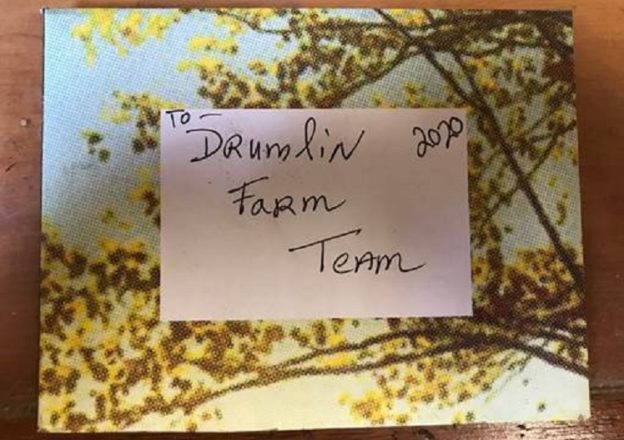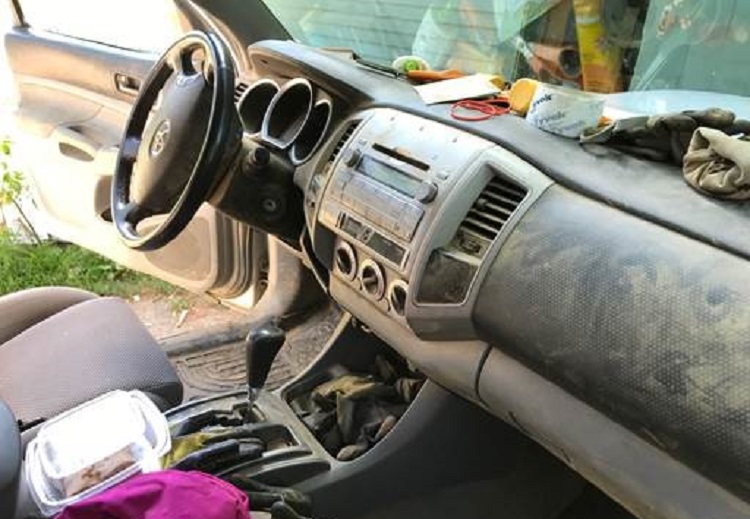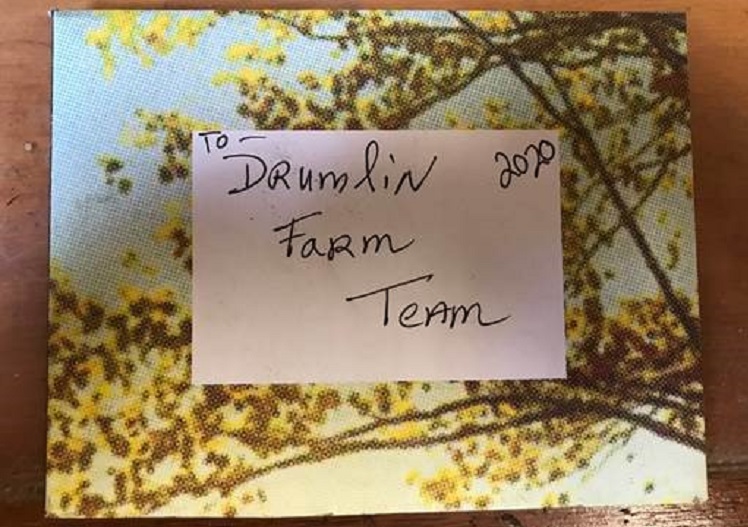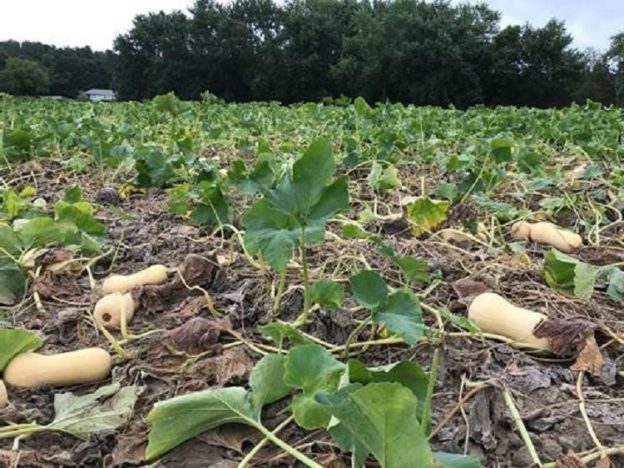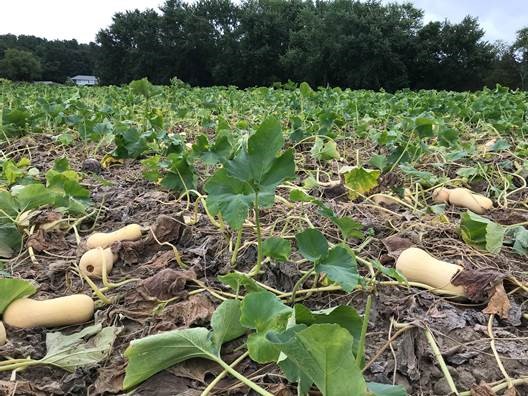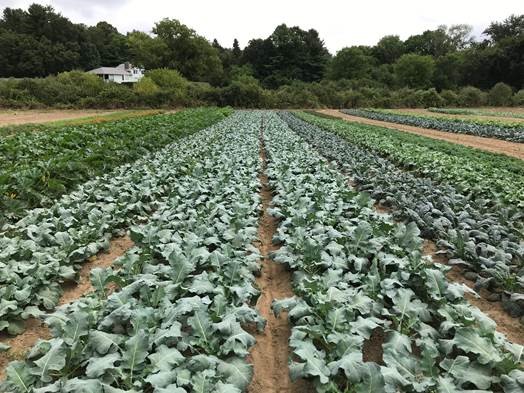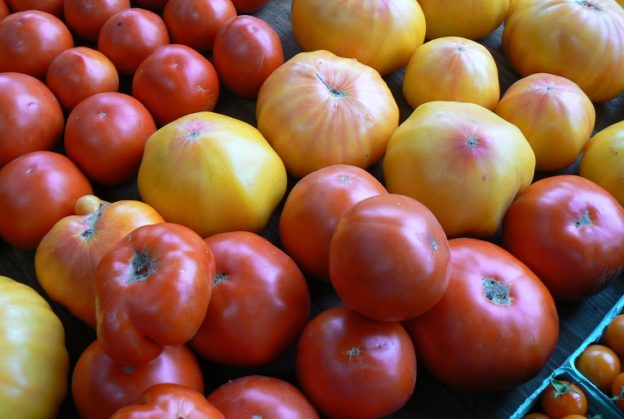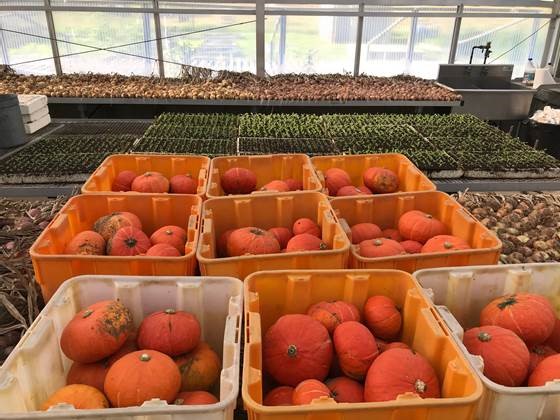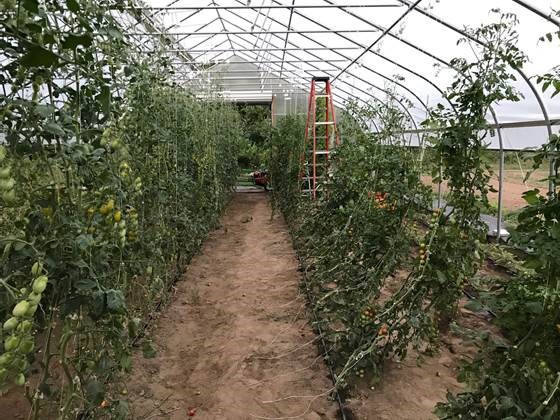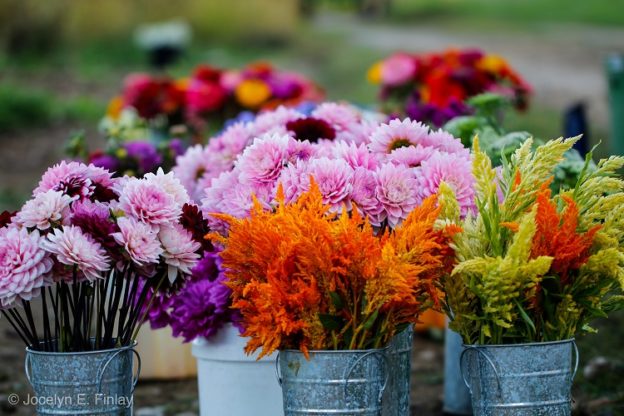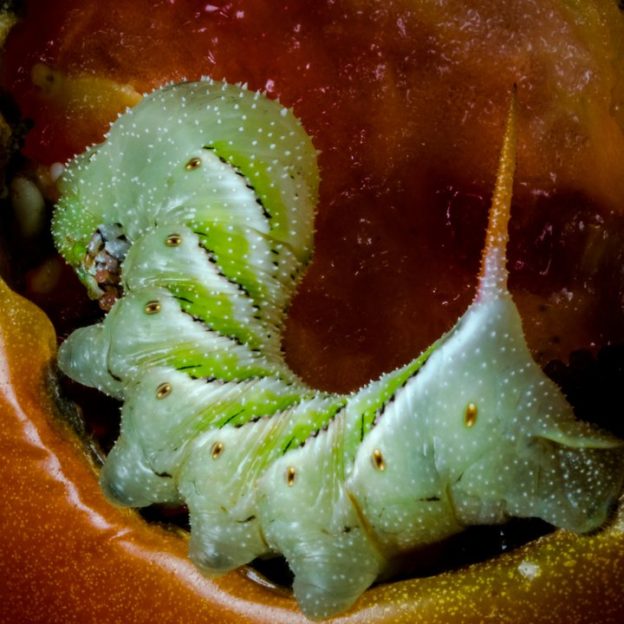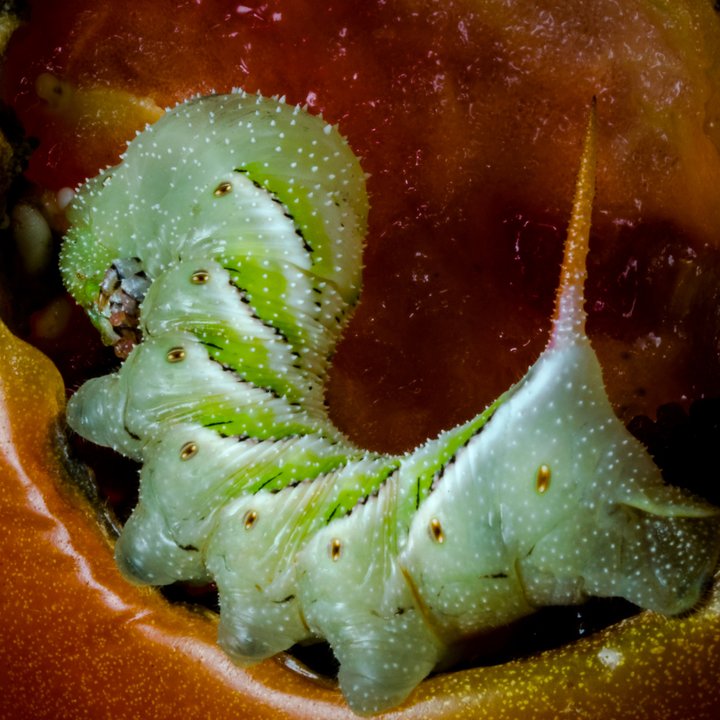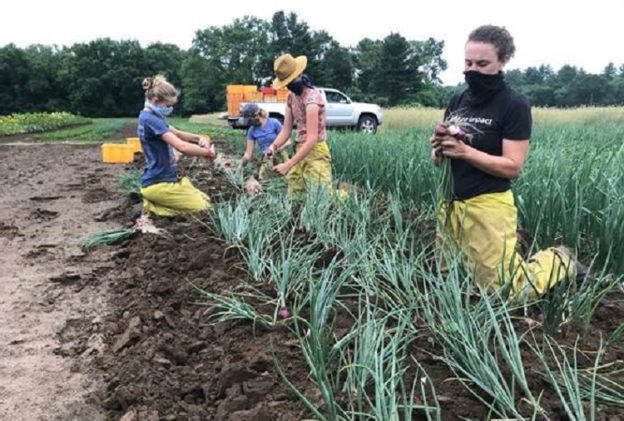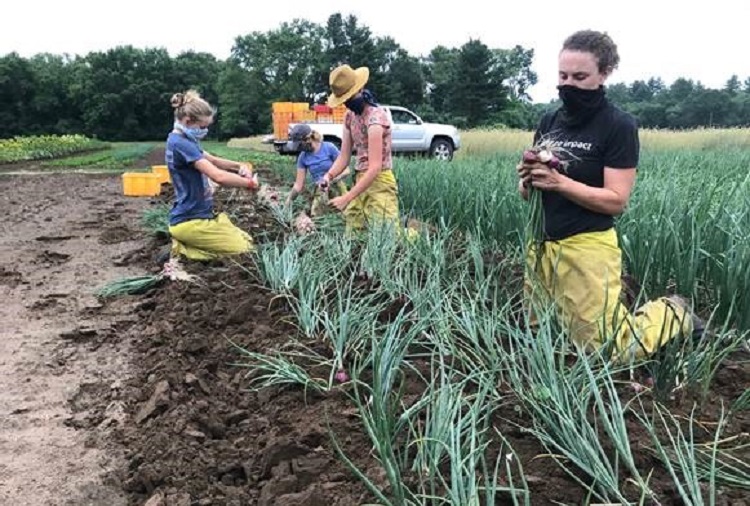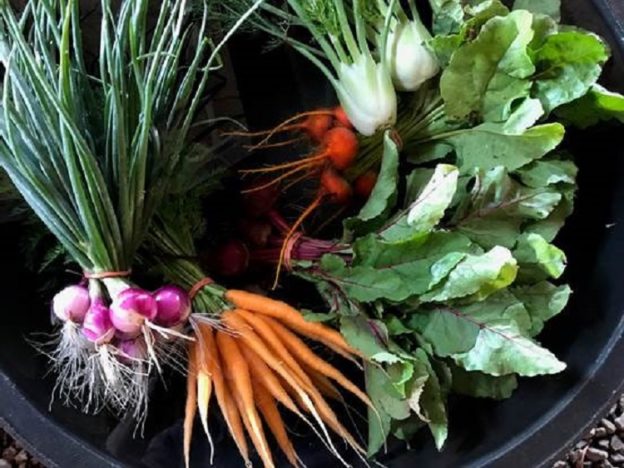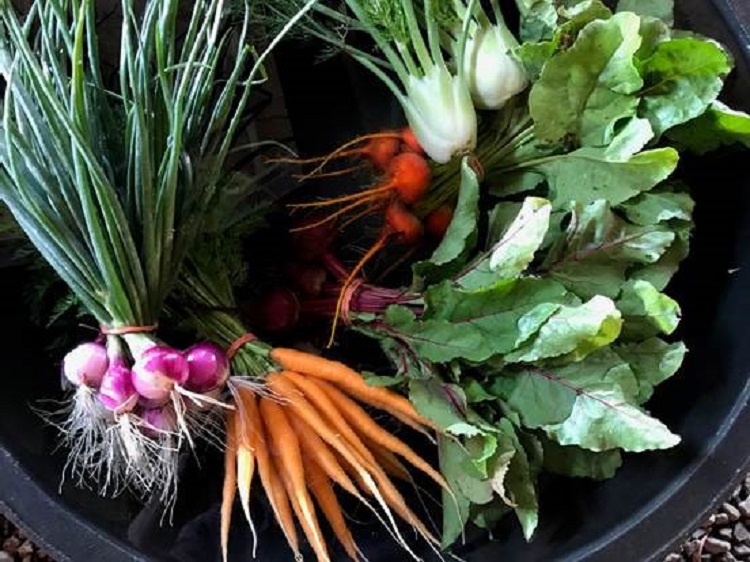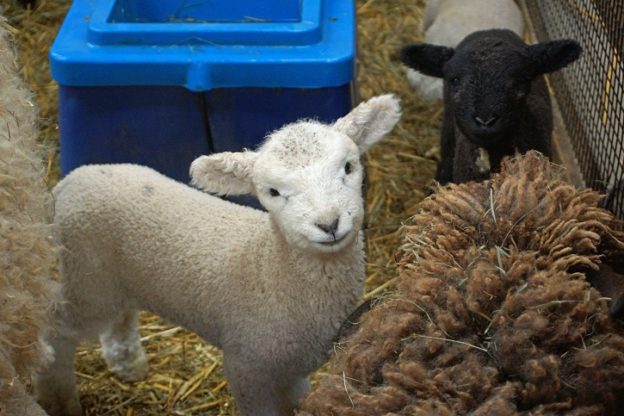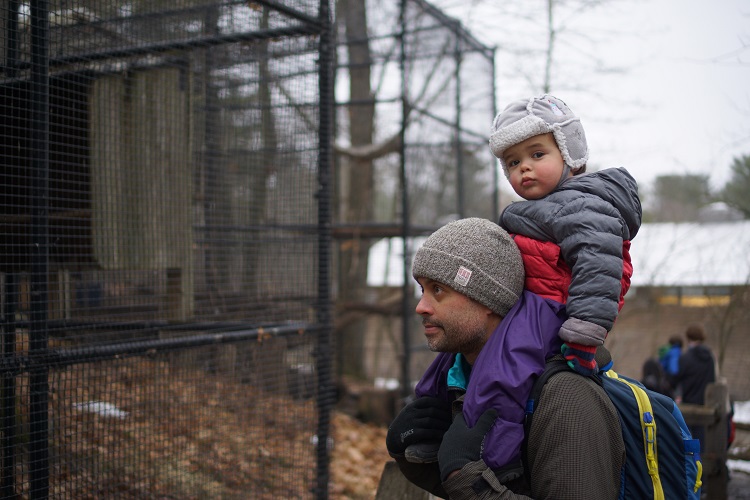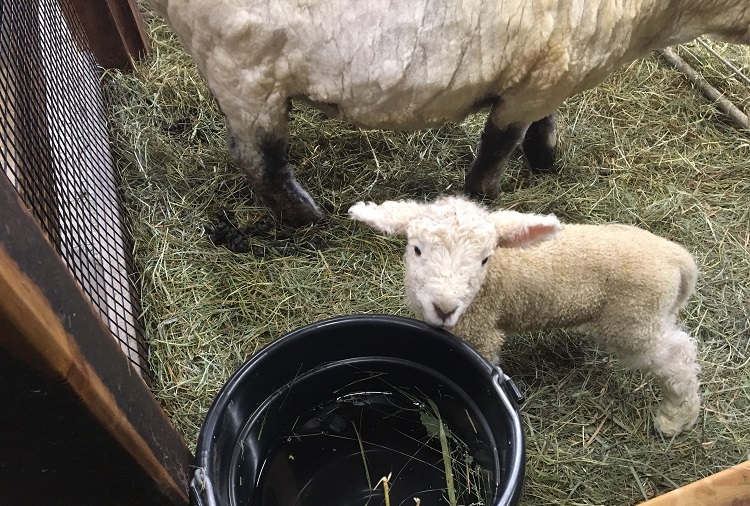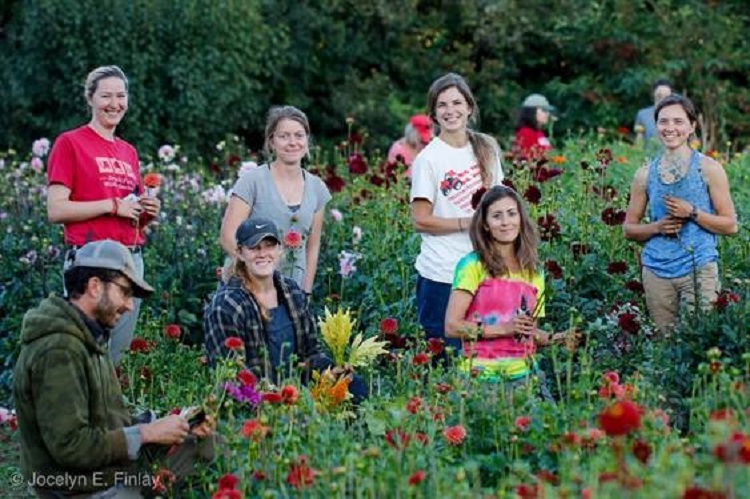I’m not saying the farm truck doesn’t need a good cleaning-out, it’s just that we really need all that stuff to do our jobs: gloves, scallion trimmers, bands, bug spray, sunscreen, Tyvek tape, rain jacket, and hermit bars (thanks Mom!). What’s more–we need that envelope on the dash containing a letter we recently received from a CSA member—but don’t know who—which we’ve been passing around and re-reading:
Dear Drumlin Team, In this peculiar pandemic period, there’s something deeply reassuring about Mother Earth and her cornucopia of green, red & yellow goodness courtesy of your hard work. All week, I look forward to the ritual of receiving from your generous hands a box of healthy food. The quality of your produce is astonishing—gleaming, ripe, beautiful, curvy, wavy, crunchy, delicious. I don’t like not meeting you, thanking you. The touch-free handoff feels alien! Nonetheless, my gratitude is greater, surpasses our restraints. Thank you for the care with which you pick, sort, wash, pack. For the weeds beat back. For the heat endured. For the sweat running down your back. Thank you for saving our summer, bring us joy from the earth. Respectfully.
Whoever you are, thank you so much for taking the time to write that! It’s an amazing group of farmers, volunteers, and Audubon staff members who together make the CSA Farmshare happen from week to week, and they all deserve to hear your moving words, to be reminded of why we do this work.
This is the last week for the summer CSA, and next week begins the fall program. Fall members will enjoy the end of what has been a stellar tomato and melon season, and a bountiful potato and winter squash harvest will provide good eating through Thanksgiving. There are still some spots open for our fall share, so join today if you haven’t already, and help us spread the word to others that may be interested!
Out in the fields we’re hoeing fall carrots and greens, bringing in the last of the winter squash (two varieties to go!) and preparing fields for cover cropping. Two days of rain last week means we expect to have a steady supply of field greens through frost!
Your Farmers


